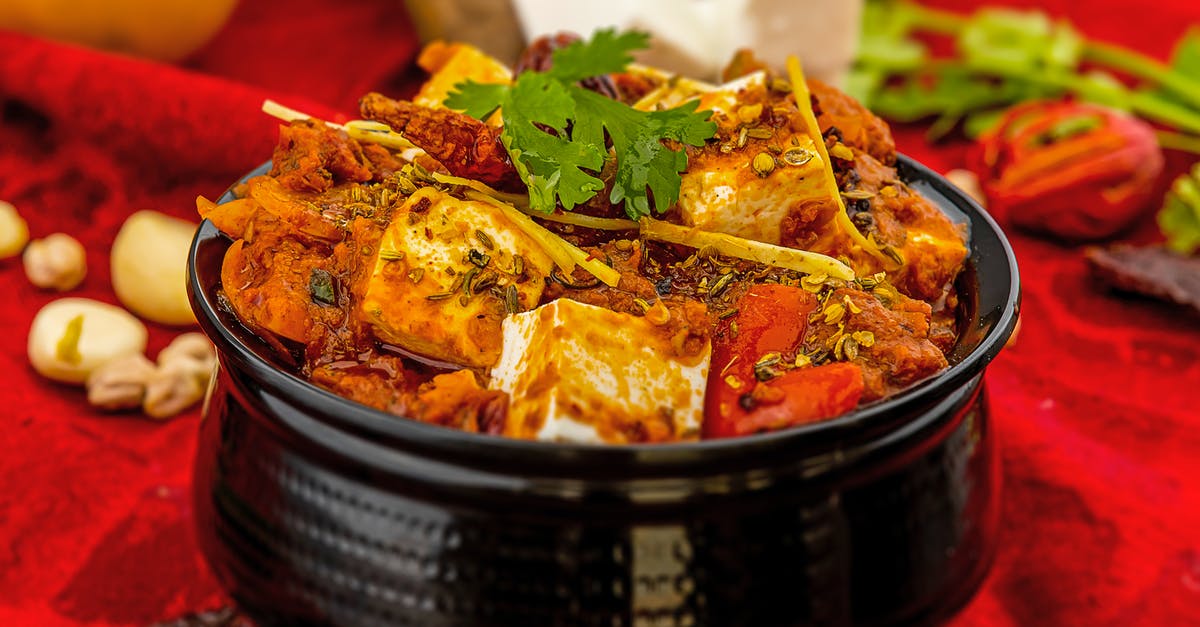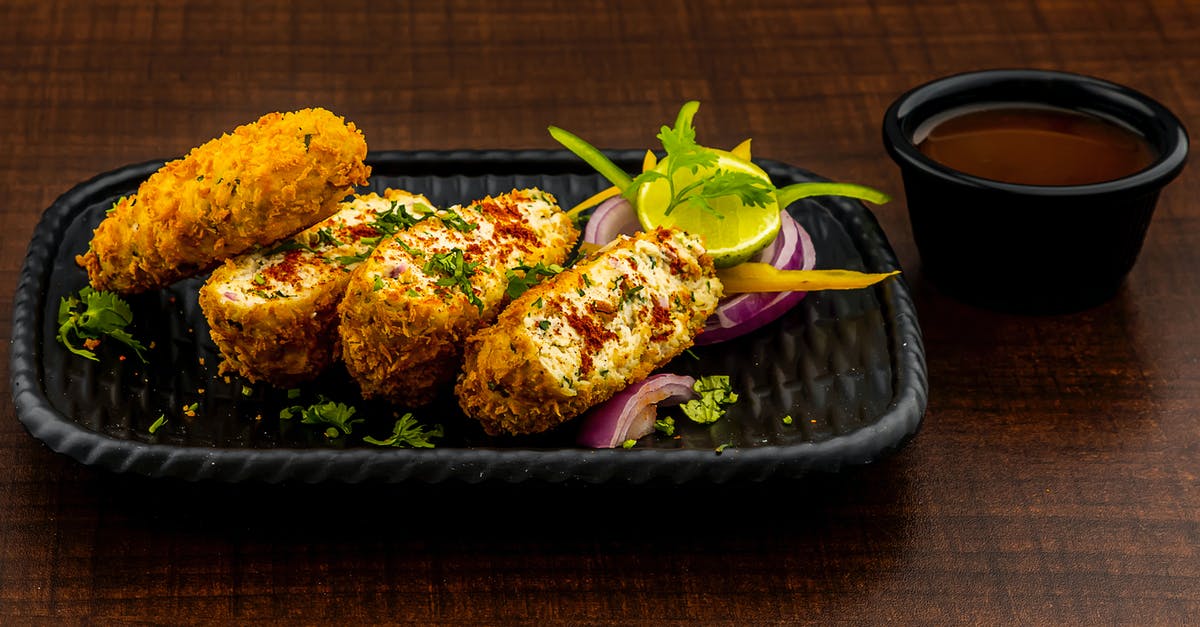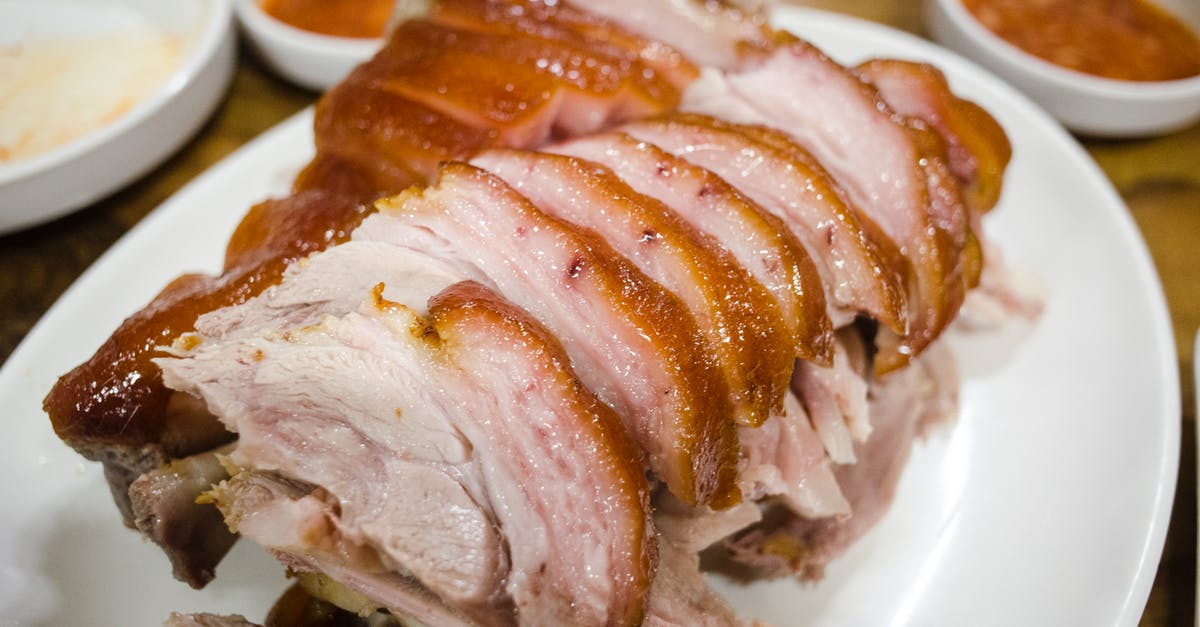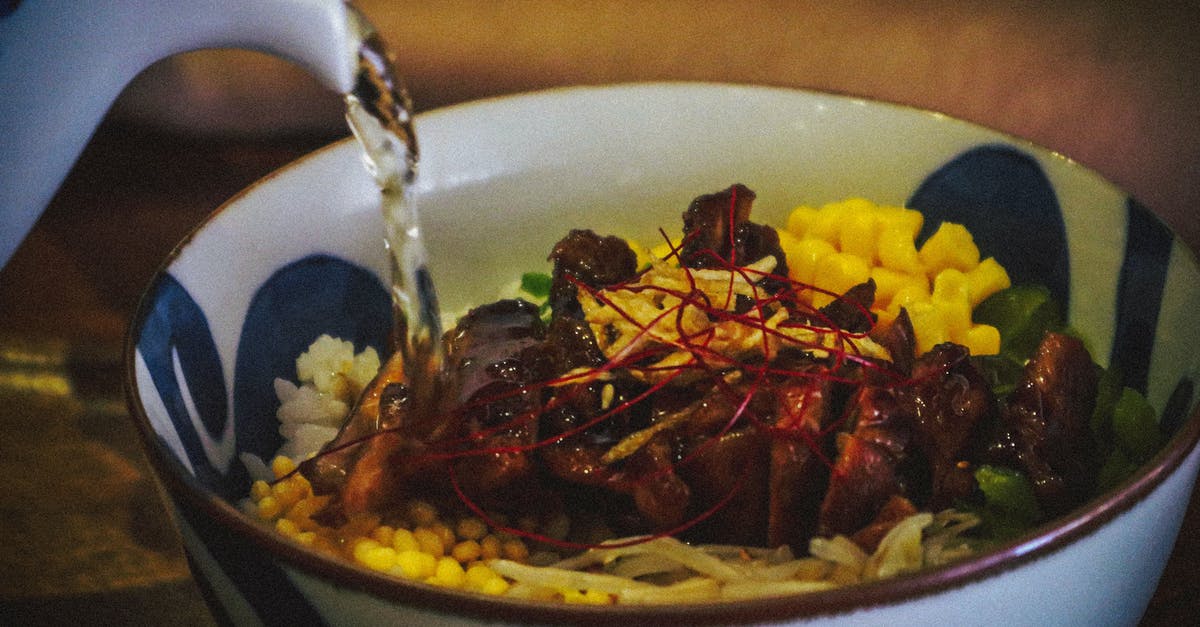What is Molecular Gastronomy?

There is a lot of material on TV, magazines and on the web recently about molecular gastronomy. Techniques like sous-vide and spherification seem to be popular. But what makes a cooking style "molecular gastronomy" and not "regular cooking"?
Is there a list of techiques or ingredients are a hallmark of molecular gastronomy?
Or maybe it's a philosophical distinction.
Regardless, how do I know if I'm serving "modernist cuisine"?
Best Answer
First of all, the term "molecular gastronomy" is almost universally derided by those who practice it and "Modernist cuisine" seems to have become the accepted nomenclature. The book Modernist Cuisine has what I regard as an excellent introduction to the movement and drawing the analogy with other Modernist movements in other artforms. The Modernist movement was about rejecting the lineage of everything that had come before and re-examining basic questions such as "what is perception". Similarly, we can trace a direct lineage from Escoffier to Nouvelle Cuisine and Modernist cuisine seeks to break that lineage.
The best way I've come up with to describe the Modernist philosophy is "the use of technology to gain direct, precise control over temperature, humidity, pressure and texture".
When you're poaching fish in a simmering stock, you want to bring the fish up to 45C by putting it in 80C stock that's heated by a 600C flame. You control point in this scenario is the knob of the stove which is the second derivative of the temperature of this fish. What's more, your feedback loop is entirely perceptual and based on human sensing and control. Modernist cuisine starts with the goal of bringing a fish up to 45C and determines the optimal way of accomplishing that goal which is sous vide. With Sous Vide, you are directly controlling the temperature of the fish and you're doing it precisely because you replace humans with automated feedback loops.
Another example might be reducing a sauce. In this case, you manipulate the vapor pressure of the liquid through the indirect application of heat. What you really want is to drive water off but you end up causing many inadvertent changes as well. With Modernist cuisine, you use a rotovap to control pressure directly and vacuum evaporate liquids without heating.
Same with using a roux or cornstarch to thicken a gravy. Instead of indirectly controlling the texture of a sauce by picking from one of the dozen common, natural thickeners, Modernist cuisine starts from asking exactly what textural qualities you want from a sauce and then figuring out the right combination of starches, hydrocolloids and proteins that accomplish that task.
Modernist cuisine may seem complicated on the surface because so much of it is new and unfamiliar but I find it actually to be radically more simple than traditional cooking once you understand this ethos. Rather than a hodgepodge of tradition built up over millennia, Modernist cooking is simply about starting first from your desired goals of flavor, temperature, pressure & texture and then figuring out the appropriate use of technology to accomplish that goal.
Pictures about "What is Molecular Gastronomy?"



What is molecular gastronomy in simple words?
Molecular gastronomy is a branch of food science that focuses on the physical and chemical processes that arise when cooking. These processes and interactions are explored and manipulated to yield flavorful, functional, and artistic results.What is an example of molecular gastronomy?
Some examples of molecular gastronomy foods are a miniature apple that is made to taste like meat, cocktails in ice spheres, fake caviar made of olive oil, transparent raviolis, spaghetti made from vegetables, instant ice cream and many others.What is the purpose of molecular gastronomy?
Molecular gastronomy seeks to generate new knowledge on the basis of the chemistry and physics behind culinary processes\u2014for example, why mayonnaise becomes firm or why a souffl\xe9 swells. One side goal is to develop new ways of cooking that are rooted in science.What is molecular gastronomy cooking method?
Molecular gastronomy is a scientific discipline within the culinary arts that involves preparing food in a way that highlights the physical and chemical reactions between different food ingredients.What Is Molecular Gastronomy!?
More answers regarding what is Molecular Gastronomy?
Answer 2
I would say that hallmark techniques of molecular gastronomy include sous-vide, foams, spherification and various uses of things like carbon dioxide, liquid nitrogen and natural gums and enzymes typically used in mass-market consumables.
The goal of Molecular Gastronomy is to not only truly explore and understand the science of cooking, but to leverage that knowledge to introduce non-traditional aromas, flavor profiles, textures and looks into food to provide your diner(s) with a unique experience.
Everyone has had a good steak. Not everyone has had that same delicious flavor presented in a unique and interesting way.
Answer 3
From a not very experienced cook, I'd say it's impossible to cook without 'molecular gastronomy' since all prepared foods are simply chemical reactions induced by the cook.
However, you could probably say that cooking with 'molecular gastronomy' in mind is when you are mindful about the chemical reactions that occur, with atleast moderate understanding of the underlying mechanics.
Answer 4
Molecular Gastronomy is the science of phenomena that occur during cooking. They try and understand the transformations that go on during cooking and put them to practical use.
So that would be your distinction. Making use of the knowledge in your cooking. It's one thing to just boil an egg so that you know it is cooked, it's another thing to know that you need to cook it at 65 degrees to ensure that only the white is cooked while the yolk remains running.
If you want further information, look for the papers (or books) written by Herve This.
I am not sure myself about the definition of modernist cuisine. While they use molecular gastronomy knowledge for practical purposes, I would not consider a perfectly cooked steak modernist.
Answer 5
Modernist Cuisine rejects or re-interprets traditional techniques and cuisines in favor of using new techniques to create entirely new combinations of flavor and texture, or to re-interpret dishes in a new way that would not be possible using traditional techniques. As part of the Modernist movement, traditional techniques steeped in Enlightenment-era thinking are deemed to be obsolete, limiting, or even false, and thus must be re-worked or rejected entirely in order to move forward creatively.
Molecular Gastronomy is the use of food science, chemistry, and techniques/equipment/ingredients used in industrial food production and scientific laboratories in the home or restaurant kitchen. This is where many of the techniques used in Modernist Cuisine come from.
Sources: Stack Exchange - This article follows the attribution requirements of Stack Exchange and is licensed under CC BY-SA 3.0.
Images: Anil Sharma, Anil Sharma, makafood, Tinny HU
